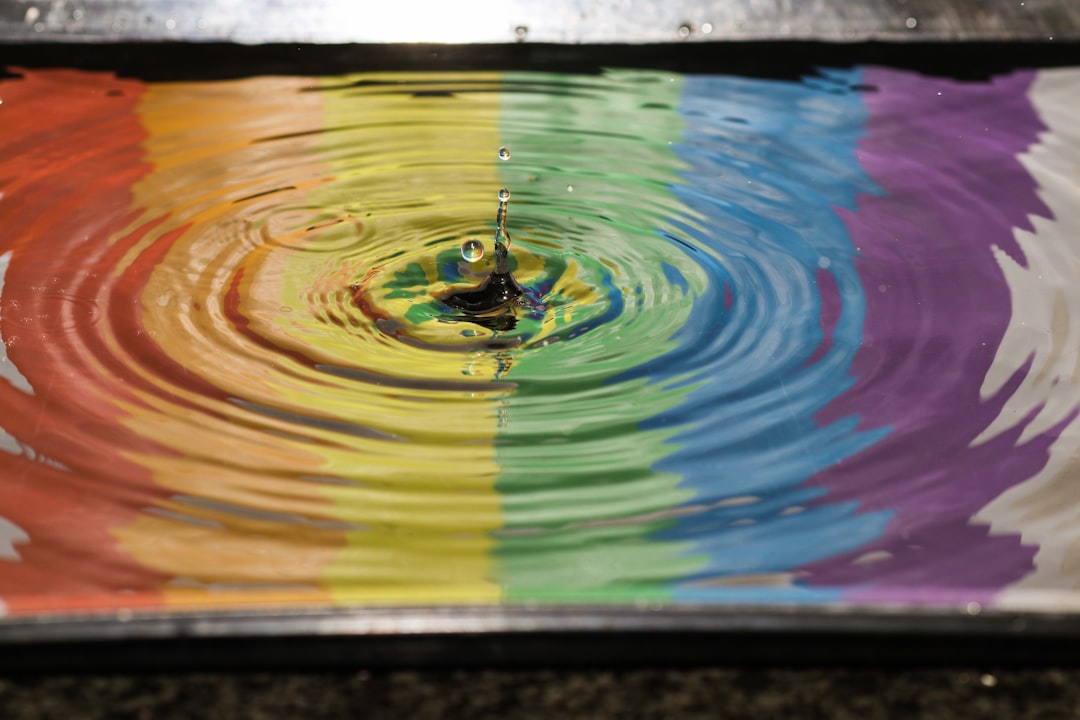What is it about?
Prior research has shown that prompting students to produce gestures that represent critical ideas in STEM is beneficial for learning. This study extends this finding by demonstrating that an immersive simulation platform that asks students to associate their own gestures with crosscutting mathematical concepts (e.g., non-linear growth) better prepares students to transfer those concepts to new STEM topics (e.g., from earthquakes and the Richter scale to acids/bases and the pH scale).
Featured Image

Photo by Headway on Unsplash
Why is it important?
The findings reported in this paper suggest that actively engaging students' bodies in STEM education can improve learning both for the original context of instruction as well as new topics that employ the same underlying concepts. The paper also offers an example of how an immersive simulation technology can help students create meaningful physical metaphors with mathematical ideas.
Read the Original
This page is a summary of: Learning and transfer effects of embodied simulations targeting crosscutting concepts in science., Journal of Educational Psychology, April 2022, American Psychological Association (APA),
DOI: 10.1037/edu0000697.
You can read the full text:
Contributors
The following have contributed to this page










